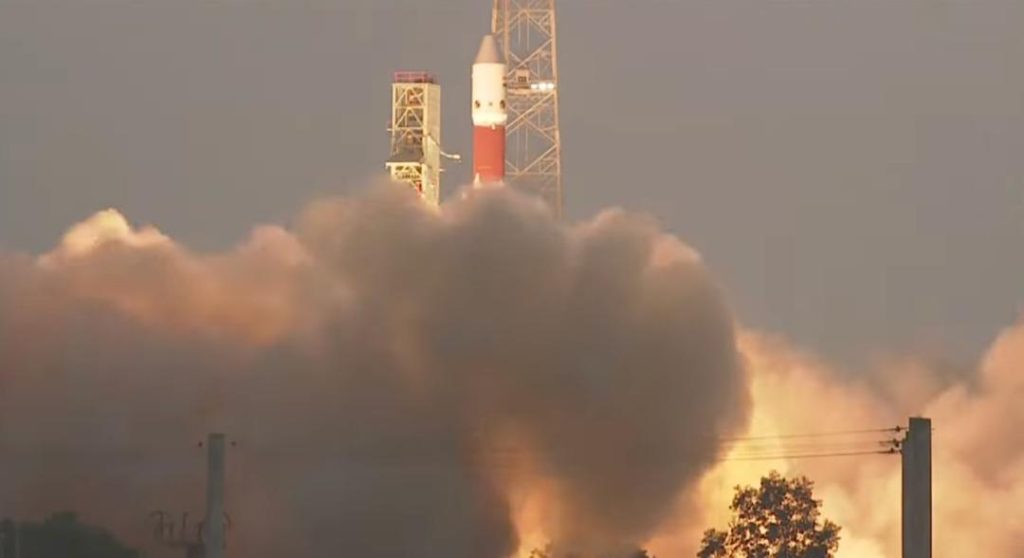
Why did ISRO’s earth-observation satellite mission fail?
The Indian Space Research Organisation (ISRO) has faced a setback with its earth-observation satellite (EOS-09) mission failing on Sunday due to a problem in the third stage of the launch vehicle, PSLV-C61. The mission was intended to place the satellite into its intended orbit, but a malfunction in the third stage prevented it from doing so. In this blog post, we will delve into the details of what went wrong and why the mission failed.
According to ISRO Chairman V Narayanan, the problem arose due to a “fall in the chamber pressure of the motor case” in the third stage of the launch vehicle. The third stage is responsible for propelling the payload, in this case, the EOS-09 satellite, closer to its intended orbit after the initial boost phases. The failure of this stage meant that the satellite did not reach its intended orbit, rendering the mission unsuccessful.
The PSLV-C61 launch vehicle was carrying the EOS-09 satellite, which was designed to provide high-resolution images of the Earth’s surface. The satellite was intended to be placed into an orbit of 305 kilometers above the Earth’s surface, where it would have been able to capture detailed images of the planet. The mission was seen as an important step in India’s efforts to develop its capabilities in earth observation and remote sensing.
The failure of the mission is a setback for ISRO, which has been experiencing a string of successes in recent years. In 2019, the organization achieved a major milestone when it successfully launched a record 104 satellites into space in a single mission. However, the failure of the EOS-09 mission highlights the challenges that ISRO still faces in its space program.
One of the key challenges facing ISRO is the complexity of its launch vehicles. The PSLV-C61 launch vehicle is a three-stage rocket, with each stage playing a critical role in propelling the payload into space. The failure of the third stage highlights the importance of ensuring that each stage of the rocket is functioning properly in order to achieve success.
Another challenge facing ISRO is the need to improve its ground infrastructure. The organization relies on a network of ground stations and tracking systems to monitor and control its spacecraft. The failure of the EOS-09 mission highlights the importance of ensuring that these systems are functioning properly in order to achieve success.
Despite the challenges facing ISRO, the organization remains committed to its space program. The failure of the EOS-09 mission is seen as a setback, but it is also an opportunity for ISRO to learn from its mistakes and improve its capabilities.
In conclusion, the failure of ISRO’s earth-observation satellite mission was due to a problem in the third stage of the launch vehicle, PSLV-C61. The failure highlights the challenges that ISRO faces in its space program, including the complexity of its launch vehicles and the need to improve its ground infrastructure. Despite the setback, ISRO remains committed to its space program and is already working on improving its capabilities.
Source: https://www.isro.gov.in/Mission_PSLV_C61_EOS_09.html






